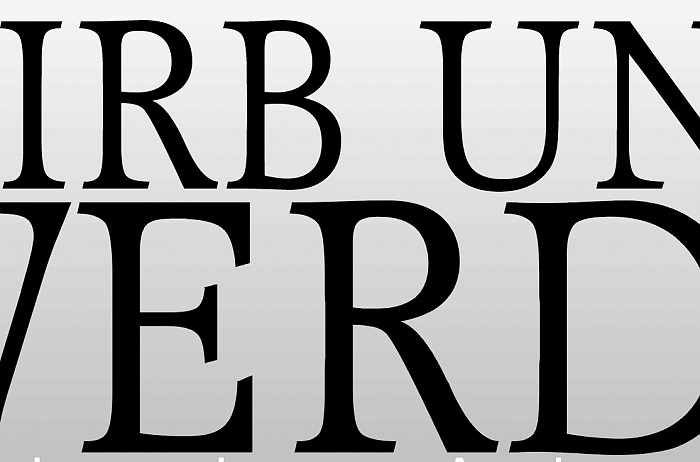

6. September 2003 – 23. November 2003
Plastic works
Not death itself is the problem of man, but the knowledge that death is inevitable. Death thus poses the question of meaning and is therefore still one of the great artistic themes. In the past, it was the task of the church alone to integrate human existence into a meaningful whole. With secularization, however, other meanings have emerged alongside the Christian doctrine. Since then, each individual has been giving meaning to his or her own life and must cope with the knowledge of his or her own finiteness on his or her own.
The exhibition "Die And Become" of the catholic parish St. Elisabeth and the Museum for Sepulchral Culture shows sculptures of 10 artists.
Goethe's question of meaning from the west eastern divan "Die And Become" is projected by the artists onto the site of a burial. The grave of a human as a place of transition, where lived and expected things separate from each other. Die and become, what do we believe in facing the end?
Through this exhibition, the church is opening up to a dialogue with contemporary art once again, and shows the exhibited sculptures in close proximity to the remaining parts of the Passion and Ascension cycle by the Kassel court painter Johann Heinrich Tischbein the Elder (*1789) and the purchased cross sculptures by the documenta artist (documenta 8) Thomas Virnich, which attracted over 30,000 visitors to the Elisabethkirche during Documenta 11.
Arbeitsgemeinschaft Friedhof und Denkmal e.V.
Zentralinstitut für Sepulkralkultur
Museum für Sepulkralkultur
Weinbergstraße 25–27
D-34117 Kassel | Germany
Tel. +49 (0)561 918 93-0
info@sepulkralmuseum.de








